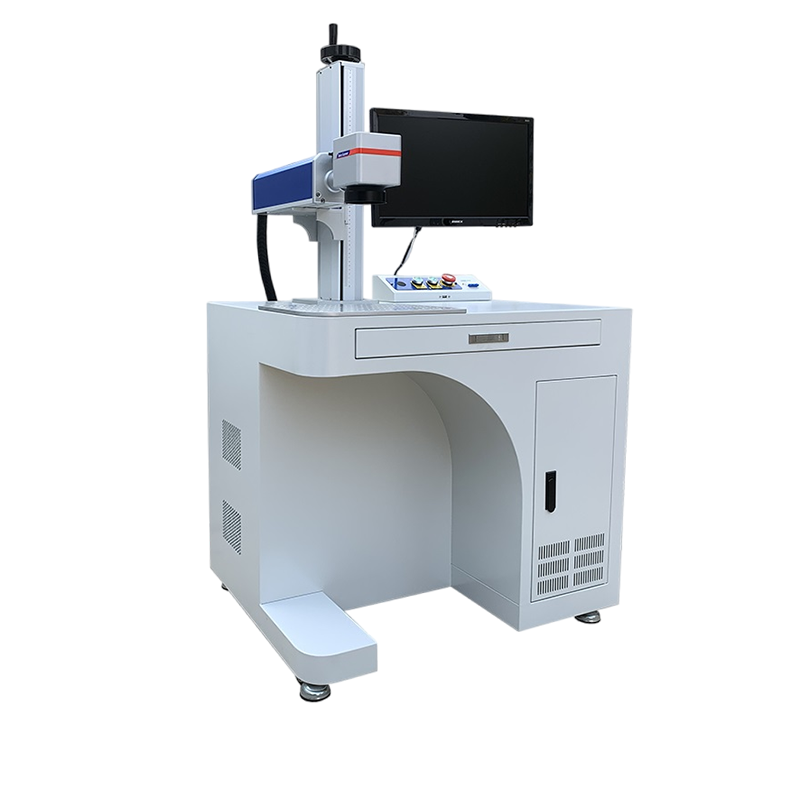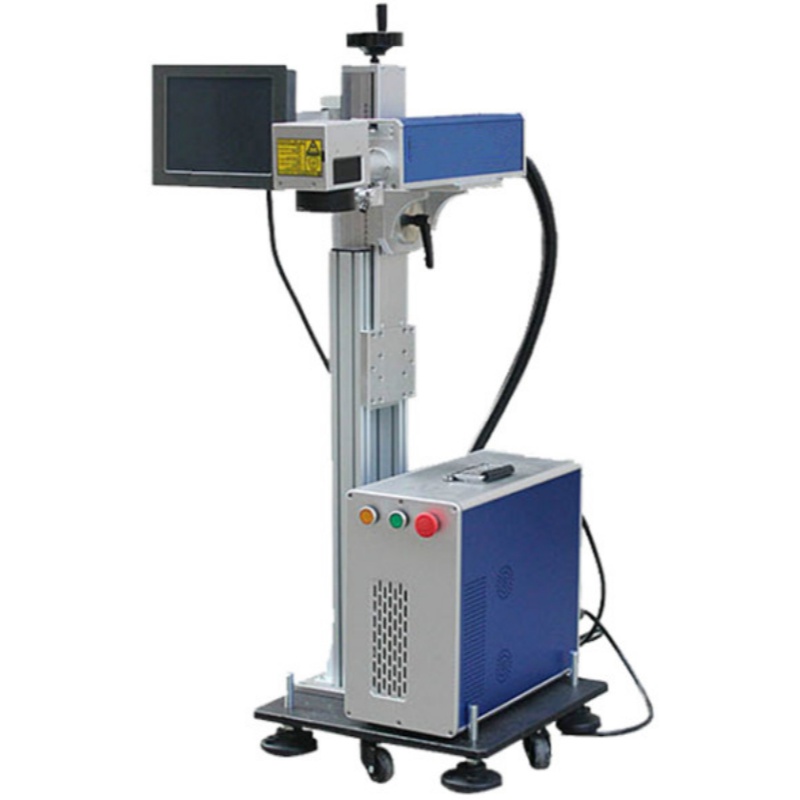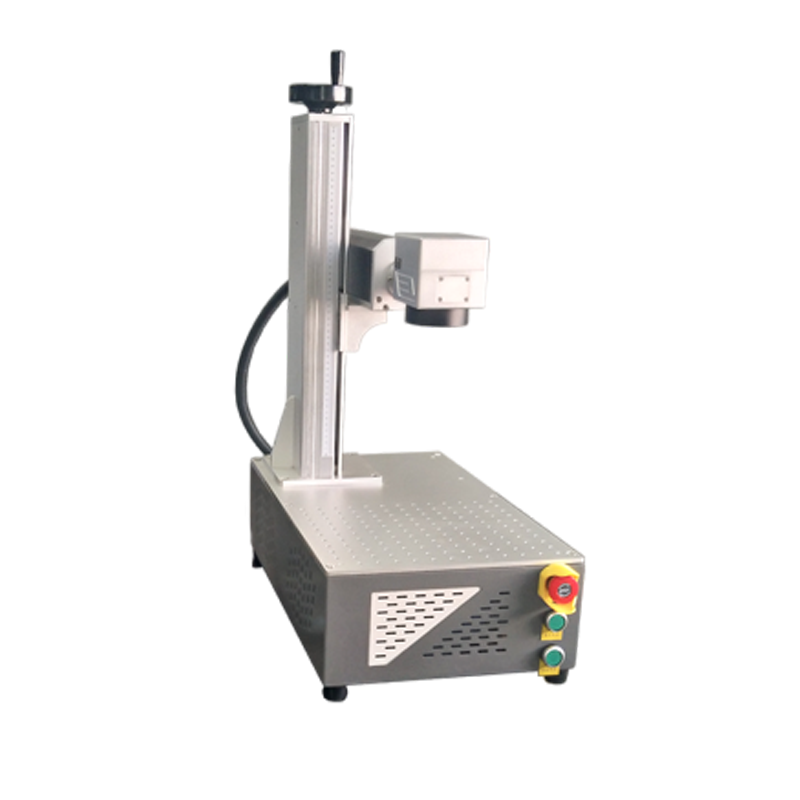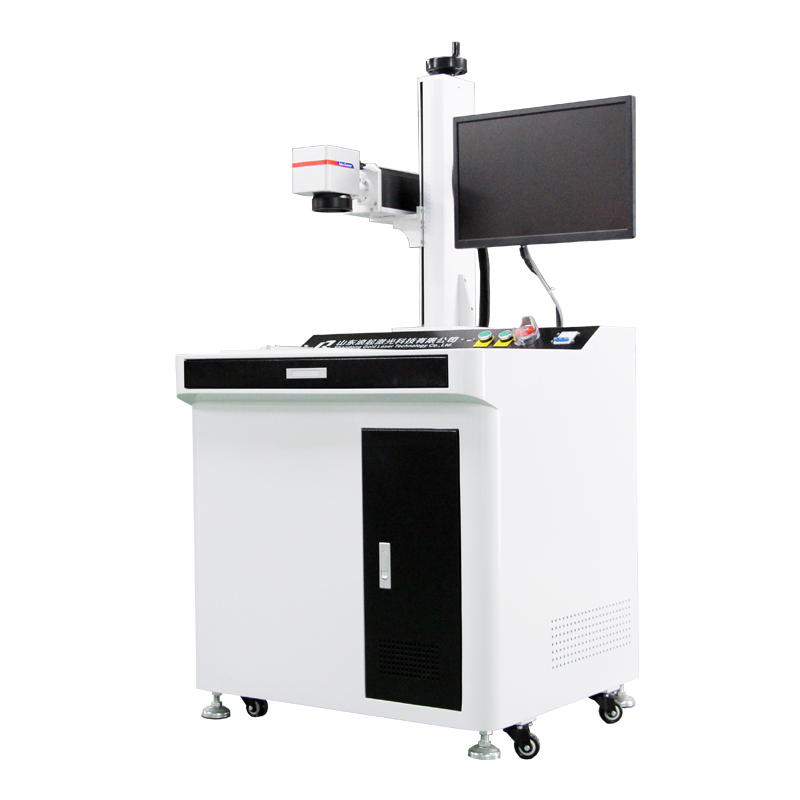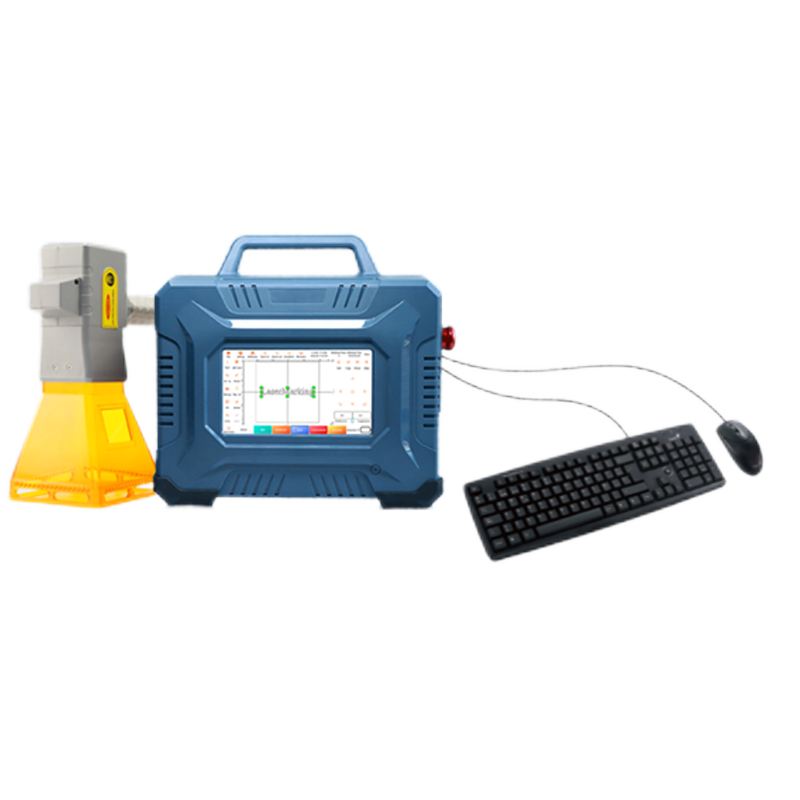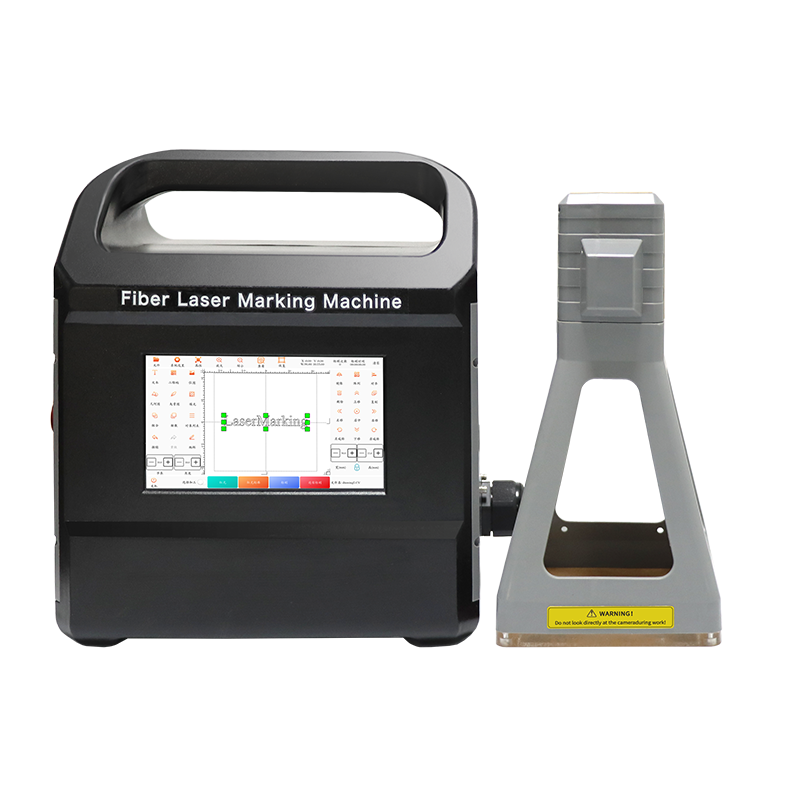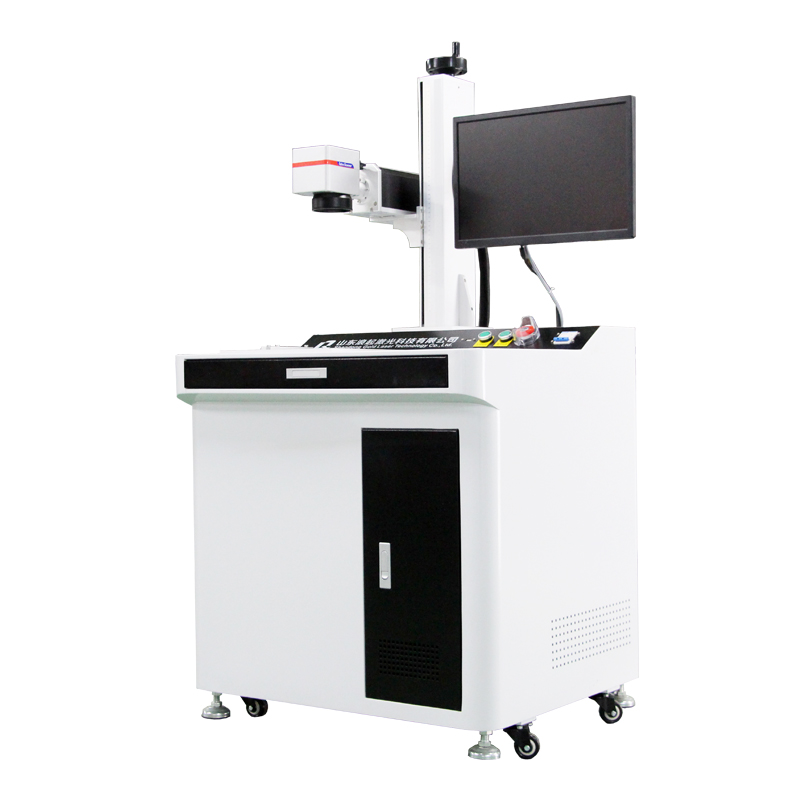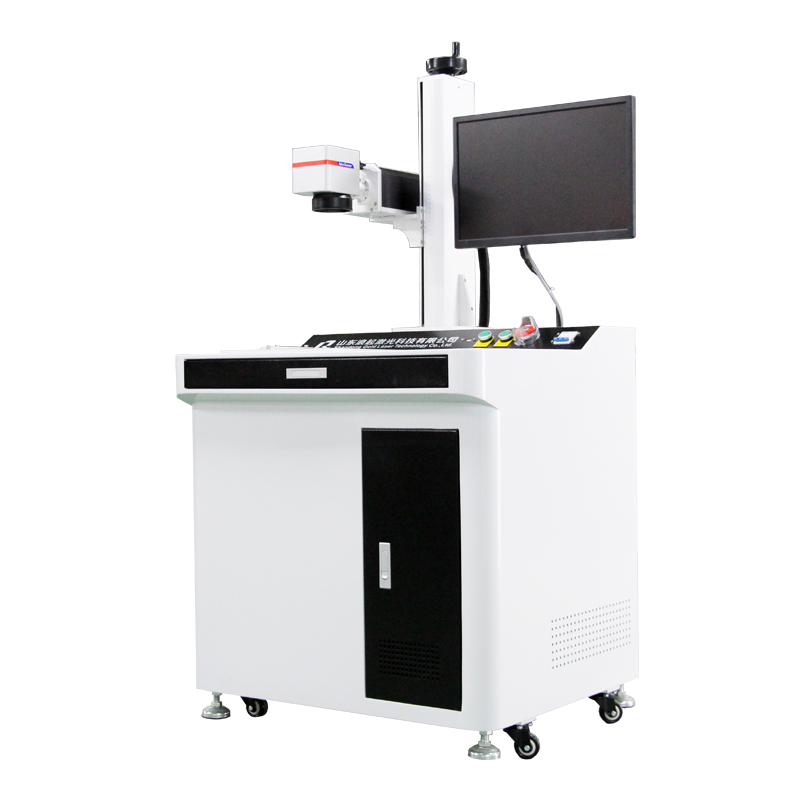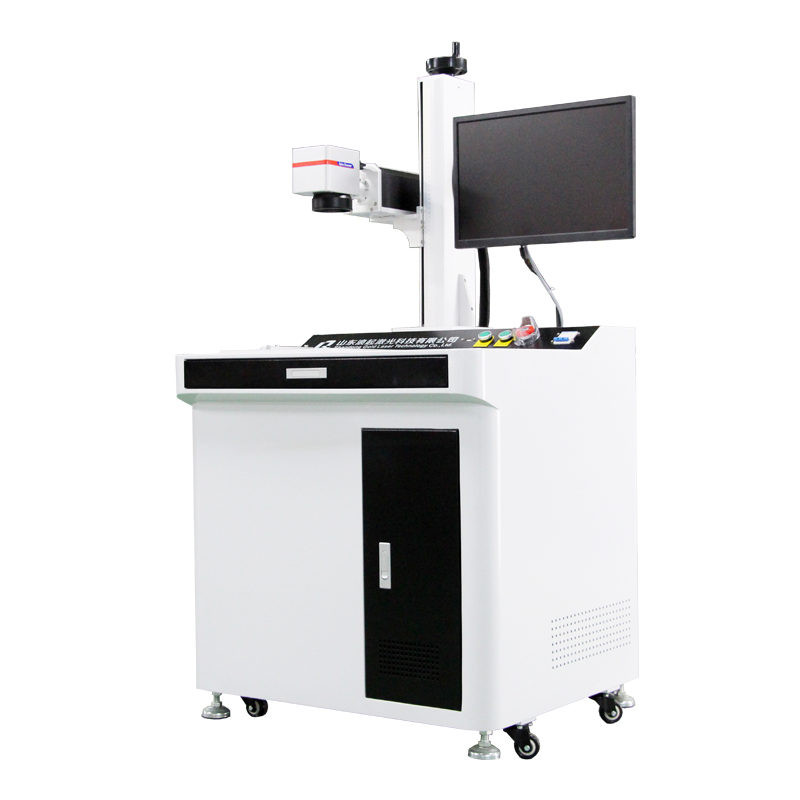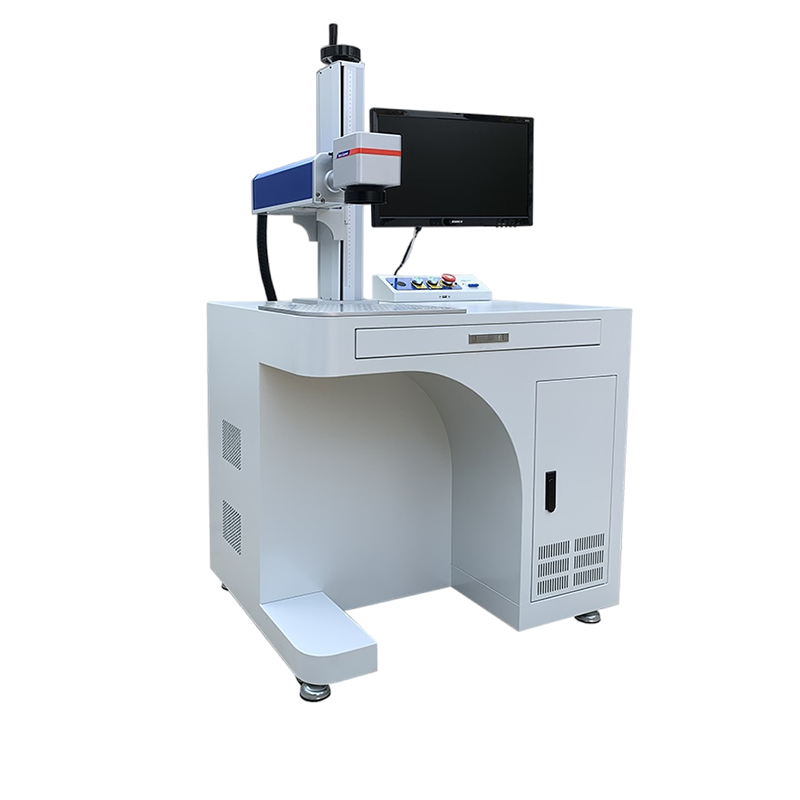Fiber laser marking machines are widely used in industrial applications for their precision, speed, and durability. They can be categorized based on laser source power, wavelength, application, and machine configuration. Here are the main types:
1. By Laser Source Power
Low-Power Fiber Lasers (10W – 30W)
Used for fine marking on plastics, anodized aluminum, and coated metals.
Common in electronics, jewelry, and medical devices.
Medium-Power Fiber Lasers (30W – 50W)
Suitable for deeper engraving on metals (stainless steel, titanium, brass).
Used in automotive, aerospace, and tool marking.
High-Power Fiber Lasers (50W – 100W+)
Designed for high-speed, deep engraving on hard metals (steel, tungsten).
Used in heavy industry, military, and deep engraving applications.
2. By Wavelength
Standard Fiber Lasers (1064 nm)
Most common type, ideal for metals and some plastics.
Green Fiber Lasers (532 nm)
Better for high-reflective materials (copper, gold, silver) and sensitive materials like PCBs.
Ultraviolet (UV) Fiber Lasers (355 nm)
Used for ultra-fine marking on glass, ceramics, and heat-sensitive plastics.
3. By Application
Desktop Fiber Laser Marking Machines
Compact, used for small parts, jewelry, and electronics.
Industrial Fiber Laser Marking Machines
Heavy-duty, high-speed marking for automotive, aerospace, and machinery.
Portable/Handheld Fiber Laser Markers
Used for on-site marking of large or immovable objects.
4. By Machine Configuration
Galvo-Based Fiber Laser Markers
Fast marking with a moving mirror system (best for flat surfaces).
Flying Optics Fiber Laser Markers
The laser head moves, allowing marking on larger or uneven surfaces.
Integrated Fiber Laser Marking Systems
Combined with CNC or robotic arms for automated production lines.

